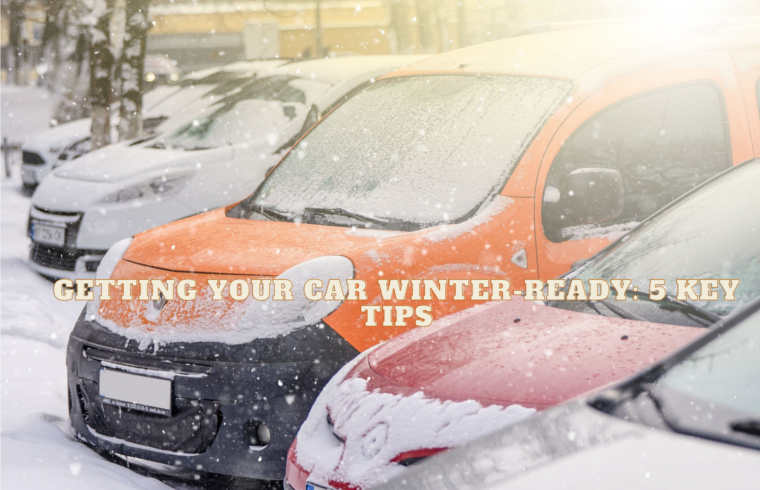We’re moving into the cooler seasons. Especially residents know that winter can come in a heartbeat. Is your car ready for it?
If not, now may be the time to start planning. To help you in that process, here are 5 tips you can follow to ensure you and your vehicle remain safe while preparing your car for winter.
Check Tire Tread for Safety
Checking tire tread for safety is crucial when preparing your car for winter. Worn-out or inadequate tire tread reduces traction on snowy or icy roads, increasing the risk of accidents. Ensuring your tires have sufficient tread depth improves grip and stability, enhancing your safety and control during winter driving conditions.
Coolant Inspection Checklist
A coolant inspection checklist is a vital part of winter car preparation. Proper coolant concentration safeguards the engine from freezing in cold temperatures. This preventive measure reduces the risk of engine damage and overheating, ensuring your vehicle’s reliability during winter, which is crucial for safe and efficient cold-weather driving.
Getting Your Wipers Ready
Getting your wipers ready is essential for winter car preparation. Cold weather and snow can impair wiper blades, reducing visibility. Ensuring they are in good condition and functioning properly improves your ability to clear snow, ice, and sleet from your windshield, enhancing safety and visibility during winter driving.
Brake Function Inspection
Inspecting your brake function is a crucial aspect of winter car preparation. In cold and icy conditions, responsive brakes are essential for safety. Regular brake checks ensure they are in good working order, reducing the risk of accidents by providing reliable stopping power, which is vital for safe winter driving.
Keep Your Tank from Running Dry
Keeping your tank from running dry is essential for winter car preparation. A full tank helps prevent moisture buildup in the fuel system, reducing the risk of freezing. It also ensures you have sufficient fuel in case of delays, enabling you to stay warm and reach your destination safely in cold weather.





